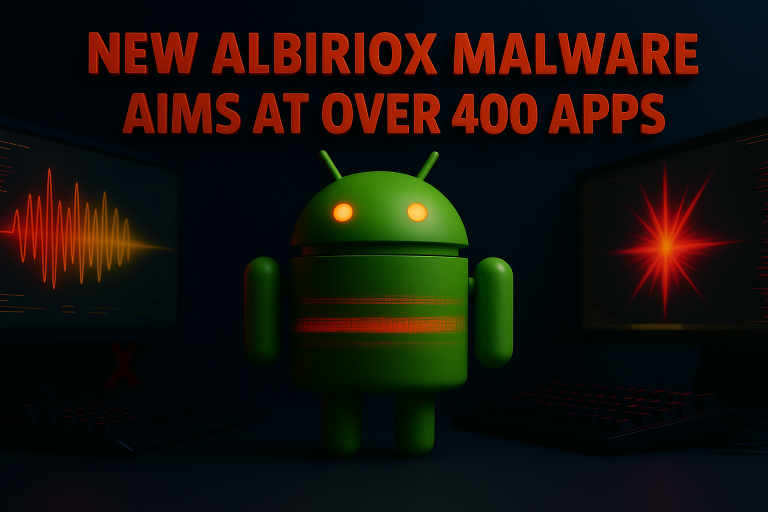
Introduction
Bitcoin is the first cryptocurrency and has changed a lot since it started in 2009. A key moment in Bitcoin history is Pizza Day, celebrated on May 22. On this day in 2010, Laszlo Hanyecz made the first real-world purchase with Bitcoin by buying two pizzas for 10,000 BTC. This event marked a significant milestone in demonstrating Bitcoin’s potential as a currency. In this article, we will compare Bitcoin mining on that day to what it looks like in 2025, exploring the changes in technology, community, and regulations.
Bitcoin Mining in 2010
1. How It Worked
In 2010, Bitcoin mining was a new concept. Miners used regular computers to solve complex puzzles that helped secure the Bitcoin network. The process was straightforward, and because the network was small, it was relatively easy to earn Bitcoin. Miners were rewarded with 50 BTC for each block they mined. At this time, Bitcoin had little value, making it more of a hobby than a serious investment.
2. Mining Equipment
Miners in 2010 relied on their home computers. Most people used standard CPUs, which were not particularly powerful. This meant that anyone with a computer could participate in mining. As a result, many early adopters joined in, eager to earn Bitcoin before it gained popularity.
3. Community and Use
The Bitcoin community back then was small, consisting mostly of tech enthusiasts and early adopters who believed in the potential of digital currency. Transactions were primarily conducted among friends and family. With Bitcoin’s value being negligible, people were more focused on experimentation and exploration than on making money.
4. Challenges Faced
Early miners faced several challenges. The Bitcoin network was still developing, and many people were skeptical about its future. Additionally, the lack of clear regulations created uncertainty. Miners had to navigate these hurdles while trying to promote Bitcoin and build a community around it.

Bitcoin Mining in 2025
1. How It Works Now
By 2025, Bitcoin mining has transformed into a highly competitive and industrialized industry. The network’s hash rate—the total computational power used to mine and process transactions—has increased dramatically. This means that mining has become more difficult, requiring advanced technology and significant investment. The block reward has halved to 6.25 BTC, making it even harder for individual miners to earn Bitcoin.
2. Mining Equipment
Today, miners use specialized machines known as ASICs (Application-Specific Integrated Circuits) designed specifically for mining Bitcoin. These machines are much faster and more efficient than the CPUs used in 2010. As a result, mining operations have shifted from home setups to professional mining farms, often located in areas with cheap electricity.
3. Energy Use and Sustainability
As concerns about energy consumption grew, many miners began to adopt more sustainable practices. In 2025, a significant number of mining operations utilize renewable energy sources, such as solar, wind, and hydroelectric power. This shift aims to reduce the environmental impact associated with traditional mining methods, making Bitcoin mining more socially responsible.
4. Rules and Regulations
The rise of Bitcoin has led to the creation of regulatory frameworks in many countries. By 2025, governments have established clear guidelines for cryptocurrency mining, including rules about taxation, energy consumption, and environmental impact. Compliance with these regulations is essential for mining operations to avoid legal issues and penalties.
5. Community and Use
The Bitcoin community has grown exponentially, with millions of users, investors, and businesses now involved. Bitcoin is increasingly recognized as a legitimate asset and a store of value. Many people use it for everyday transactions, and businesses accept it as payment. This broader acceptance has contributed to increasing Bitcoin’s value and its role in the global economy.
6. Technological Innovations
In addition to ASICs, other technological advancements have improved mining efficiency. Innovations like liquid cooling systems and advanced mining software have allowed miners to optimize their operations and maximize profits. These technologies help miners stay competitive in a rapidly evolving market.

Conclusion
Comparing Bitcoin mining on Pizza Day in 2010 to 2025 highlights the remarkable journey of this technology. From humble beginnings with personal computers to a sophisticated industry dominated by specialized machines and renewable energy, Bitcoin mining reflects broader changes in technology, community engagement, and regulations. As Bitcoin continues to mature, its mining practices will likely evolve further, shaping the future of this digital currency and its place in the global economy. As more people and businesses adopt Bitcoin, its impact on our financial systems will only continue to grow.



